Stage 89 will bring together many of the creative people who helped build the Disney-MGM Studios in 1989 and beyond. Attendees will hear from all of these special guests at the event.

Bob Weis
Bob Weis is an author, speaker, and creative inspirer. He believes that we all hold within us creative sparks and dreams, and that we need only to chase them, relentlessly, if we really want to see them come to reality.
Weis is especially proud to have been part of the team that delivered Disney-MGM Studios, (now Disney’s Hollywood Studios), as the third major theme park of Walt Disney World, 35 years ago. He congratulates the entire team of Walt Disney Imagineers, Walt Disney Studios, and Walt Disney World, who brought the park to life, and also all those who’s talents have kept it vibrant and exciting in the 35 years since. Weis also gives congratulations and thanks to all those cast members who have made the park a memorable experience for nearly two generations, especially those who’ve been with the park since its very beginning.
Weis began his Disney journey in 1976, working at Disneyland as an ice cream and popcorn vendor. Once he graduated with a degree in Architecture, he worked at WED Enterprises, later named Walt Disney Imagineering, for more than 35 years including six years as President, and one as Global Ambassador.
Weis’s conceptual design can be seen across the world of Disney, in every park, from Tower of Terror to Tokyo DisneySea, to the recently debuted Disney Wish cruise ship, to resorts and parks around the world including Shanghai Disneyland.
Weis is especially proud to have received the Buzz Price Lifetime Achievement Award from the Theme Park Entertainment Association, and the 2024 Marty and Leah Sklar Creative Visionary Award from Ryman Arts. He has also been a creative advisor to many organizations, including Gensler, the Jim Henson Studios, the United States Navy, the Smithsonian, Rockefeller Center, and NASA Kennedy Space Center.
Randy Printz
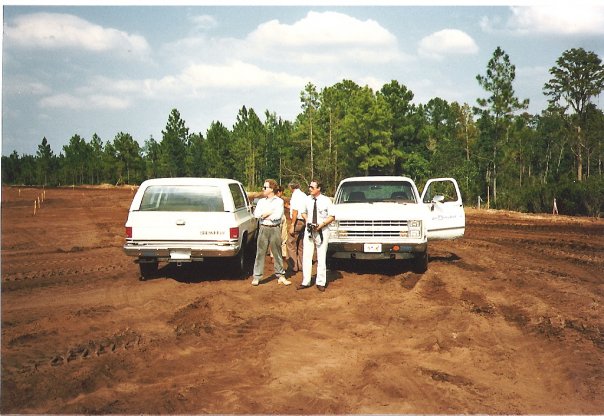
After graduating from the University of Southern California and spending 9 years as a commissioned officer in the US Air Force, Randy Printz joined the theme park industry in 1979.
He was recruited by WED Enterprises to help them manage the extensive show and ride system production required by EPCOT Center and Tokyo Disneyland. This included working with Walt Disney World Central Shops to expand their capacity to support a significant production effort, without disrupting the maintenance of the Walt Disney World Resort.
In 1981, Randy became a member of the EPCOT Center project management team as the Manager of Performance Assurance. In this capacity, he reported directly to the Project Director and was responsible for providing an independent assessment of project progress.
Following the completion of EPCOT Center, Randy managed a portfolio of small projects that included completion task for EPCOT Center, additional monorail trains for WDW, the Backstage Magic attraction at EPCOT, and the modernization of Disneyland monorails from the Mark III configuration to Mark V.
In late 1984, he became the Project Director for the Disney-MGM Studios theme park and production facilities. In this role, he was responsible for the overall quality, budget and schedule of the project. He assembled the project team and led the team from project inception to opening day.
Upon completion of the “Studio Tour”, Randy returned to California and was promoted to Project Vice President. He managed all projects intended for Southern California including DisneySea in Long Beach, Westcot Center at the Disneyland Resort, Mickey’s Toontown, and the Indiana Jones Adventure. He also played a key role in the concept development and feasibility analysis of five proposed Disney theme park resorts in the US and western Europe.
In 1994, Randy was recruited by Universal Studios as the Project Executive for the Islands of Adventure theme park. He managed this project from concept to opening day. In 1996, he was given additional responsibility for CityWalk Orlando and the infrastructure expansion required to support the Universal Orlando resort development.
Currently, Randy is semi-retired.
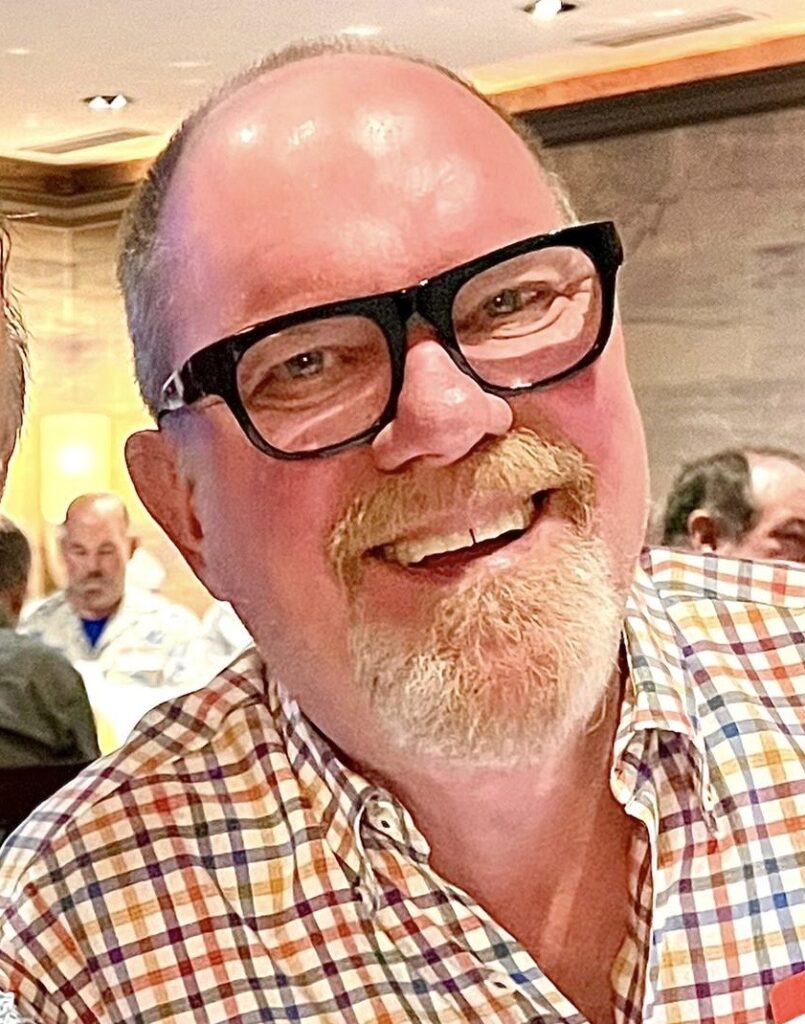
Eric Jacobson
After performing in parades at Disneyland, Eric Jacobson began his career as a Disney Imagineer at WED Enterprises (now Walt Disney Imagineering), building models of attractions for EPCOT Center. He then supervised the creation of Audio-Animatronics (R) figures for Spaceship Earth, Kitchen Kabaret, Universe of Energy, World of Motion and many other opening day shows at EPCOT as well as Tokyo Disneyland.
For the Disney-MGM Studios, Eric was Art Director and concept lead for The Great Movie Ride, the first of many major attractions he would lead at the Walt Disney World and Disneyland Resorts.
Eric’s creative leadership shaped numerous projects around the world, including The Twilight Zone Tower of Terror, Rock ‘n’ Rollercoaster starring Aerosmith, Toy Story Midway Mania!, Test Track, Mission: Space, Mickey’s PhilharMagic, Blizzard Beach and New Fantasyland. He also lead the creative effort for the re-conceptualization of Disney’s California Adventure in Anaheim and was responsible for resort and hotel designs in Florida and California including Disney’s Art of Animation Resort, Disney’s Grand Floridian Resort Villas and Disney Springs.
Before retiring from Disney after nearly five decades, Eric contributed his many years of knowledge and expertise to the completion of Shanghai Disneyland.
Eric lives in Las Vegas, Nevada and Rancho Mirage, California, where he volunteers for various charity organizations including DAP Health and the USO.
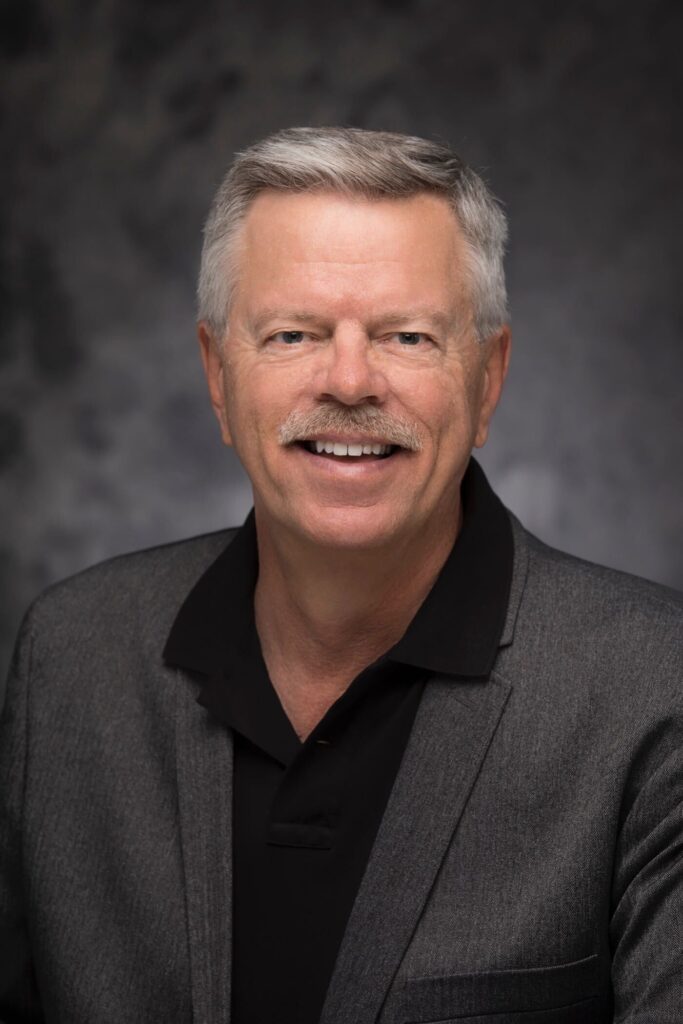
Mike West
Mike West is a rare blend of talent whose 40+-year career spans a bridge of extraordinary experiences built upon a lifetime of work with two legendary companies – Walt Disney Imagineering and Universal Creative.
Mike returned to lead Innovative West following his retirement from Universal after more than fourteen incredible years as an Executive Producer. He led the Blue-Sky Development of the largest and most ambitious project in the company’s history – Universal’s EPIC UNIVERSE. Once EPIC headed to the field, he took over creative development for projects featuring DreamWorks Animation properties, as well as Fast & Furious, a worldwide, blockbuster film franchise. Mike was also responsible for the design, development, production and installation of Skull Island: Reign of Kong, a massive attraction at Universal’s Islands of Adventure (2016).
Mike joined the Universal Creative Studio in 2006 as Show Producer for The Simpsons Ride at both Universal Orlando and Universal Studios Hollywood.
Mike’s past projects also included creative development and integration of the Disney PhotoPass imaging business at Disney Parks & Resorts; the Moteurs Action Stunt Show Spectacular and the Disney Channel Production Tour at the Walt Disney Studios Park at Disneyland Paris; and Who Wants to Be A Millionaire-Play It!, formerly at Disney’s Hollywood Studios and Disney California Adventure.
Additionally, Mike wrote, directed and/or produced Sounds Dangerous at Disney’s Hollywood Studios; multiple shows for Innoventions at EPCOT; The ExtraTERRORestrial Alien Encounter, formerly at the Magic Kingdom; Song of the Rainforest at Disney’s Animal Kingdom; and the Indiana Jones Epic Stunt Spectacular at Disney’s Hollywood Studios. He also wrote the beloved Albert Awol dialogue that was used at the World Famous Jungle Cruise from 1991 until the most recent refurbishment of the attraction.
Mike is also a contributing author on several books about Walt Disney Imagineering and its creative process, including The Imagineering Way, Ideas to Ignite Your Creativity, and The Imagineering Workout, Exercises to Shape Your Creative Muscle.
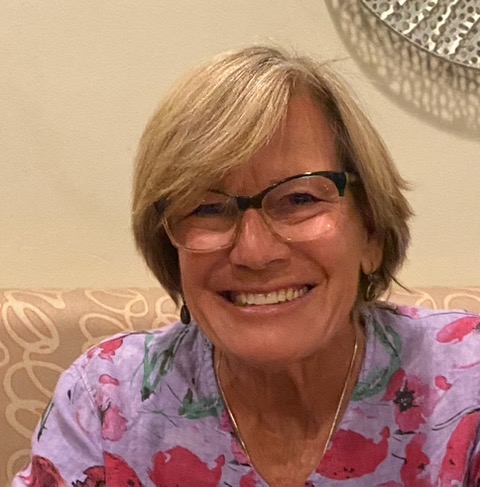
Kathy Rogers
Kathy started her Disney career in the Parking Lot of Disneyland in June 1972. After working as a Disneyland Attraction Hostess for almost 10 years, she joined WED/WDI in February 1982 to work on the New Fantasyland ’83 at Disneyland as a Project Coordinator. She joined the Disney-MGM Studios Project Team in the early development as a Project Coordinator for The Great Movie Ride, Superstar Television and the Monster Sound Show.
She ended her over 44 year Disney career as an Executive Creative Show Producer for Muppet-Vision 3D, Blizzard Beach, Expedition Everest and various attraction enhancements like Star Tours: The Adventures Continue, the 2006 movie-inspired changes to Pirates of the Caribbean at Walt Disney World and Disneyland, and the 2007 enhancements of the Magic Kingdom’s Haunted Mansion.
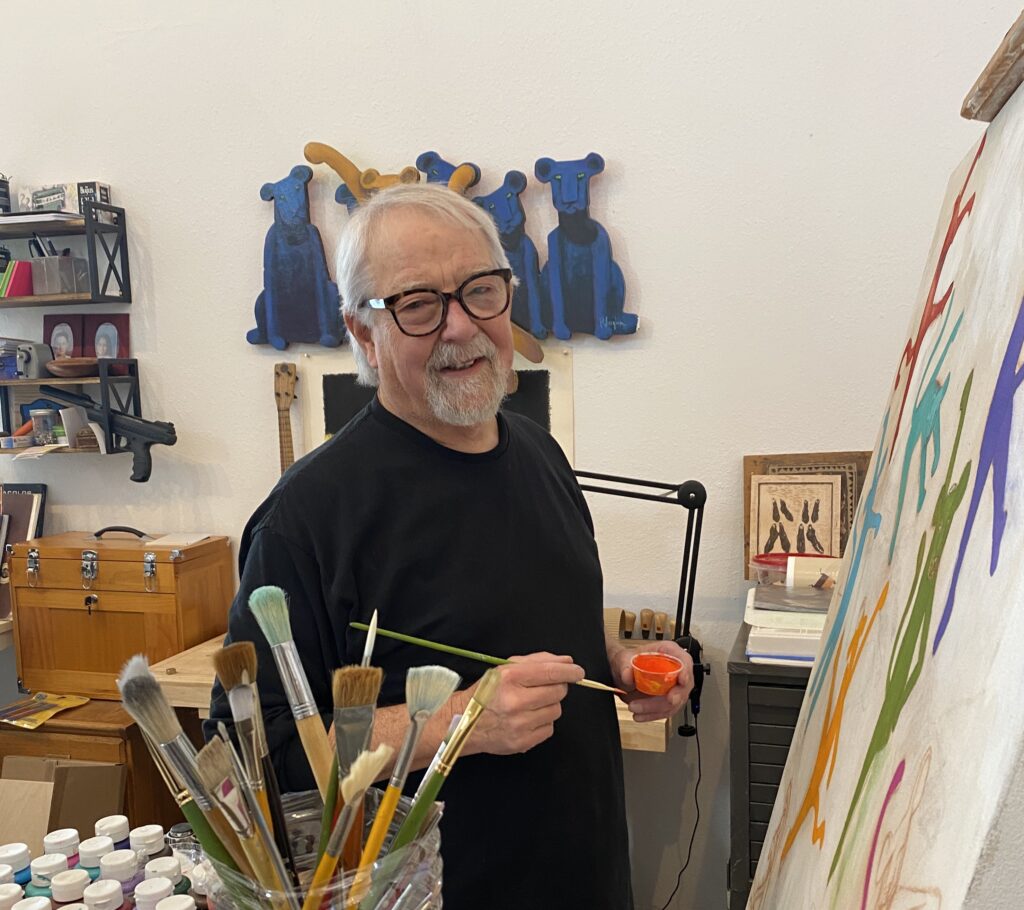
Richard Vaughn
In October of 1979, armed with a self-indulgent college portfolio, Richard resolved to hit up every Hollywood production designer still living in hopes of being hired as a motion picture storyboard and sketch artist. Richard made an appointment to meet with Production Designer Bob Mackichan at an obscure facility in Glendale called “WED Enterprises”. Bob MacKichan was not in the building that day. Richard was getting ready to leave when the receptionist, Millie, suggested he talk to a man named Herbie Ryman.
Herbie reviewed Richard’s artwork and after Herbie saw a New York model and clay figures, he suggested that Richard talk to Maggie Eiliott, the supervisor of the model shop. While Herbie was escorting Richard to the model shop, Richard noticed the large number of silk-screened posters for rides and attractions at Disneyland and the Magic Kingdom. “What IS this place?” Richard asked Herbie. “Oh, this is where all the rides and attractions and theme parks for the Walt Disney Company are designed and built.” replied Herbie, as he opened the doubled doors to the vast WED model shop with a dramatic flourish. Richard stood stunned as he looked out over the huge site model of EPCOT Center. Richard was hired that day, through sheer luck, and stayed for the next 18 years.
Richard’s first effort after being hired was the rough study model of Spaceship Earth, then leading a model crew in the design and construction of the 1-inch study model from the load area through the entire scene list. Richard then left the model shop to oversee set production at WED’s Tujunga production facility. Soon, Richard relocated to Orlando and was there for the duration of the construction of EPCOT Center.
After the opening of EPCOT, and now in the Show Design Department, Richard went on to design or produce various projects for what was to eventually become Walt Disney Imagineering. Over the years, Richard conceived, designed, or produced such projects as ImageWorks exhibits for the Imagination Pavilion, a revamped Spaceship Earth, and several small attractions and exhibits during the “lean times” for WDI. Until that is, the arrival of Michael Eisner, Frank Wells, and Jeffrey Katzenberg.
A team soon formed, headed up by creatively Bob Weis, and became one of the most productive and tightest teams in Richard’s experience at WDI. Soon, work was underway on an entire Studio Tour concept (eventually called the Disney-MGM Studios) covering the motion picture and television process, animation, costuming, and more. As final design neared completion, Michael Eisner thought that the Studios Backlot Tour was a bit lean on “thrills”. This led to Richard conceiving and designing “Catastrophe Canyon”, which was fast-tracked and went from concept model to completion on site in 13 months. The project was a smash hit, and soon, versions of Studio Tour were being conceived as “second gate” attractions for EuroDisney and Tokyo Disneyland.
For a time, Richard worked as the Design Director for Tokyo Disneyland. The last project Richard worked on for WDI was Disney’s Blizzard Beach water park, and then he moved over to Walt Disney Pictures and Television to conceive and design a consumer interface for a nascent “on demand” video service to be launched by the WDC and several phone companies.
Eventually, Richard was hired by Universal Creative to work on an attraction for Islands of Adventure called “Poseidon’s Fury”, a water screen-format attraction with lots of havoc, pyrotechnics, open flames, and very loud sound effects.
Richard would also work at Sony Development and SpectraX before entering into a partnership with Chris Brown, Bob Joslin, and Ted Burleson, called Contour Entertainment, where for the next 12 years Richard worked as Creative VP to develop and master plan several large and small projects for the Gulf region, and locations in Indonesia, Kuala Lumpur, China, Korea, Qatar, Abu Dhabi, Lebanon, and Puna, India.
Richard is now enjoying creating art in his retirement.
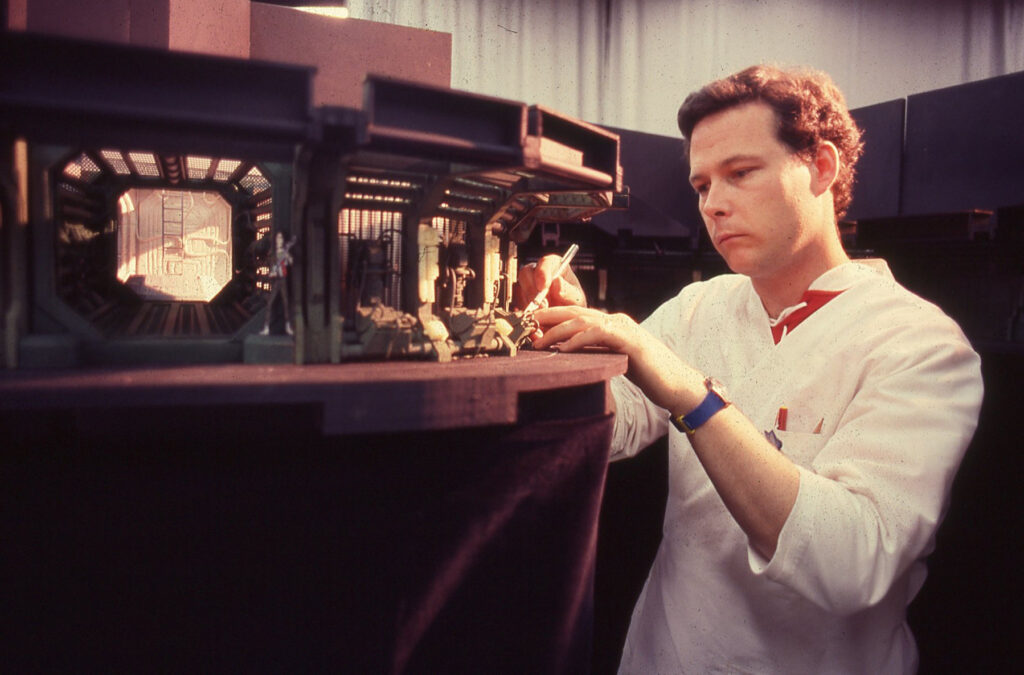
Paul Osterhout
Paul was originally hired in 1980 as a production designer for EPCOT Center where he worked on all of the Future World pavilions. He was hired as a Production Designer for the Disney-MGM Studios where he provided design and art direction for The Great Movie Ride, Superstar Television, and the Monster Sound Show. Before the park was finished, he was promoted to Producer where he was the lead creative on Star Tours and MuppetVision 3D. He was also the Producer on Rock ‘N’ Roller Coaster starring Aerosmith.
Paul also produced New Tomorrowland (and in fact is the voice of the teenage boy in the last scene of Walt Disney’s Carousel of Progress) and a number of projects for the Magic Kingdom.
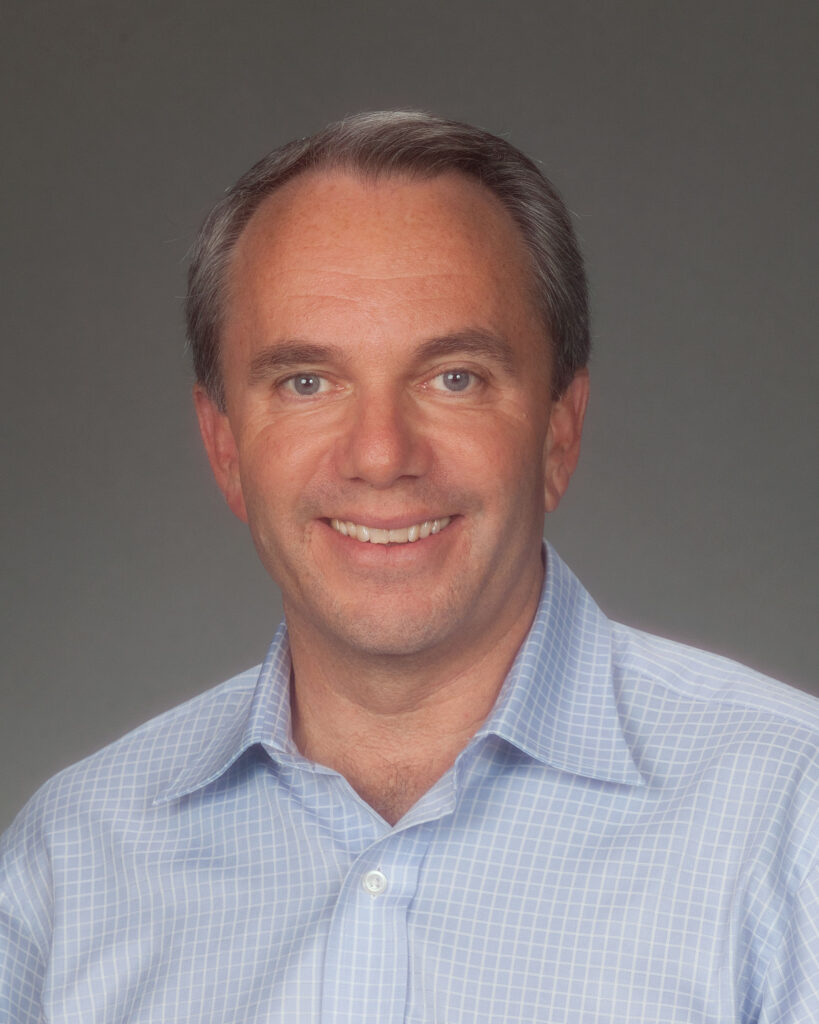
Craig Russell
After a forty year career with Walt Disney Imagineering, Craig recently retired to pursue a range of passions including a greater level of support of the global shelter crisis.
During his career, Craig oversaw project design and execution around the world for many of Disney’s most impactful theme park projects. Those projects include both of Disney’s parks in Tokyo, Shanghai Disneyland and two of its parks at Walt Disney World in Florida. Craig also served as a functional leader for several of Imagineering’s design studios, and served as co-leader of Imagineering for almost a decade.
Craig was very active in Disney’s employee volunteer program, and serves on the board of Habitat for Humanity Greater Los Angeles. He is also active in the project and construction management industry, and served on the board of the Lean Construction Institute. Craig lives in La Canada California with his wife Sandy and son Sean.

Sandy Geiger Russell
In 1978, Sandy Geiger was hired at Walt Disney World as a Tomorrowland ride operator. That summer job lasted almost 18 years. In 1980, Sandy received an opportunity to work for WED as a PICO Coordinator (Project Installation Coordination Offices) during the construction of EPCOT Center. Her responsibility was to facilitate the delivery of Owner Furnished Items (OFI) from the local warehouse to the construction site. As EPCOT was about to open, Sandy continued her focus as an Opening Assistant Supervisor for World Showcase Operations. In addition, she worked in the EPCOT Center Cultural office facilitating the International Cast Member Cultural Programs. In 1988, Sandy was offered the position of Project Coordinator on the Studio Tour project – specifically the Tram and Walking Backstage Tour.
In 1990, Sandy relocated to France to become the Project Coordinator for Big Thunder Mountain Railroad and Frontierland. In 1993, Sandy returned to Florida to resume her efforts as Project Coordinator on Twilight Zone Tower of Terror and Sunset Boulevard. Upon completion of these projects, she relocated to California and married Craig Russell in 1995.
After working on various Disneyland rehabs and Blue Sky efforts, Sandy left Disney in 1997. She and Craig then relocated to Japan where he worked on Tokyo DisneySea and Sandy returned to school and earned her BA in World Religions. Upon returning stateside, Sandy and Craig focused their efforts on raising their son, Sean.
Most recently Sandy has returned to the theme park design effort working on a project in Oklahoma called The American Heartland Theme Park and Resort.
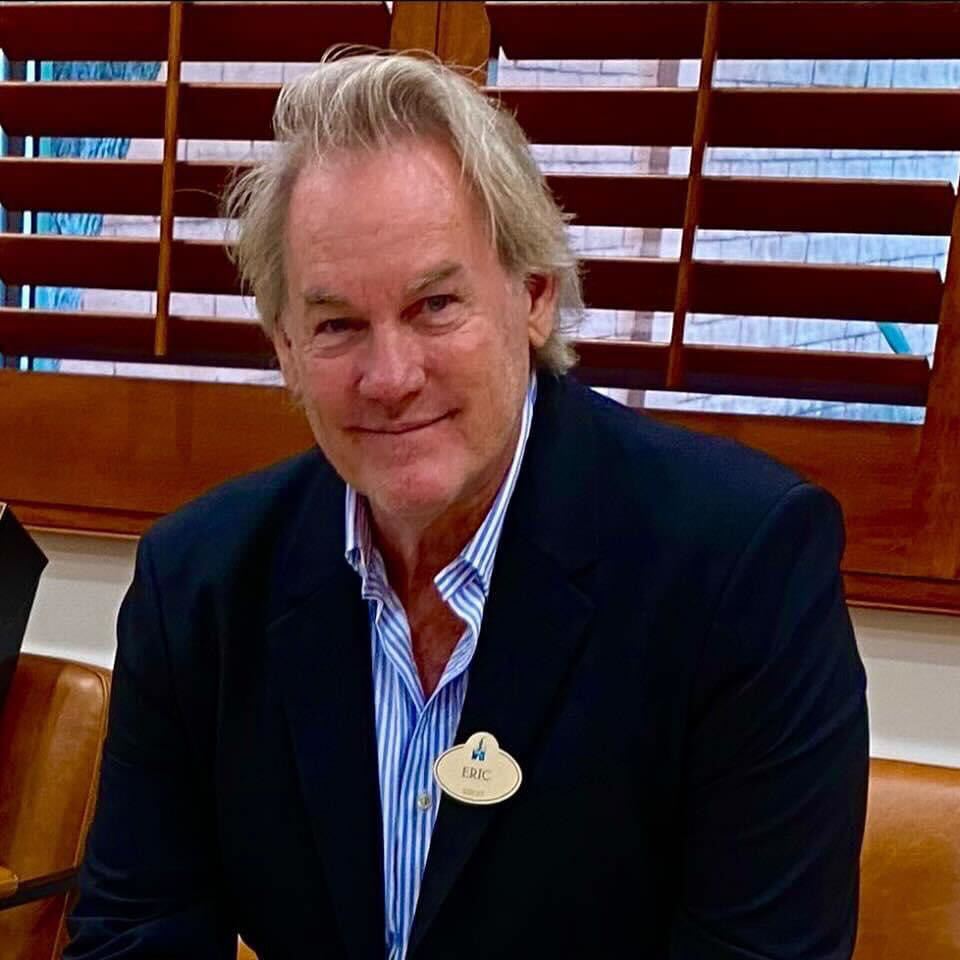
Eric Robison
Acclaimed Disney artist and former Disney Imagineer who worked on the following projects:
- Star Tours at Tokyo Disneyland – Droids
- Concept show designer for Discoveryland at Disneyland Paris
- Art director for Beauty and the Beast attraction at Disneyland Paris (Unbuilt)
- Initial concept designer & illustrator for Twilight Zone Tower of Terror at Disney’s Hollywood Studios
- Illustrator for Sid Cahuenga’s One-of-a-Kind Shop at Disney’s Hollywood Studios
- Worked on Phase 2 of backstage attractions at Disney’s Hollywood Studios
- Illustrator for Indiana Jones Adventure & unbuilt other attractions at Disneyland
- Concept Designer for ExtaTERRORestrial Alien Encounter at Magic Kingdom
- Concept Designer and Illustrator for Westcot at Disneyland Resort (Unbuilt)
- Concept designer for EPCOT’s World Showcase: Russia Pavilion, Korea Pavilion, Japan expansion (Unbuilt)
- Concept designer for GM Test Track at EPCOT
- Artist for the 100 Mickeys – 100 individual paintings of Mickey Mouse for Walt’s 100 birthday
- Artist for the 50 Donalds – created for the 5th Avenue Disney Store Grand Opening
- Artist for the Happiest Homecoming on Earth – Disnyland’s 50th Anniversary decades paintings
- Created the official anniversary paintings for Walt Disney World’s 50th anniversary, Shanghai Disneyland’s 5th Anniversary, and Tokyo Disneyland’s 40th Anniversary
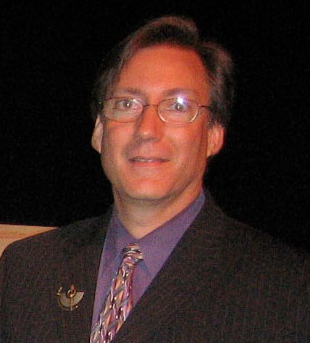
Chris Brown
Chris Brown (President of Contour Entertainment & former Walt Disney Imagineer) worked on the following projects:
- Senior Show and Ride Executive responsible for establishing all Show and Ride concept technical direction for 7 theme parks at Walt Disney Imagineering including Tokyo DisneySea and Walt Disney Studios Paris
- Senior Show and Ride Executive responsible for shows and all rides for the opening day scope of Disney-MGM Studios in Florida, including The Great Movie Ride, Studio Backlot Tour, and Indiana Jones Epic Stunt Spectacular
- Project Engineer responsible for overall and/or major portions of ride systems for Spaceship Earth and original Journey Into Imagination at EPCOT, as well as original Star Tours at Disneyland
- Also worked on Honey, I Shrunk the Kids Adventure Playground, Star Tours & MuppetVision 3D
- Created the initial conceptual ride layout for Twilight Zone Tower of Terror
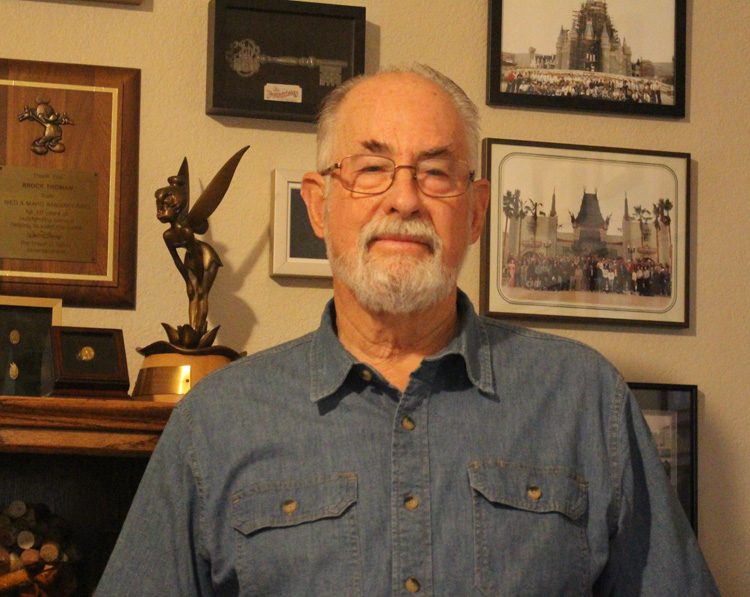
Brock Thoman
Brock Thoman began his Disney career at Walt Disney Imagineering (then called WED Enterprises) in June of 1972, just after graduating with a degree in Architecture from Cal Poly, San Luis Obispo. He started in Architectural Drafting Department and worked on Space Mountain both at Magic Kingdom and Disneyland Park. After a couple of years, he transferred into the Show Set Design Department where he worked on several attractions, including early development of EPCOT Center shows, including Spaceship Earth, the Universe of Energy, and The Living Seas. Eventually, he became one of the Concept Designers and the Show Set lead for the new Snow White’s Scary Adventures in New Fantasyland at Disneyland. At the same time, he was the Show Set lead for the dinosaur diorama in the Universe of Energy pavilion at EPCOT Center. He was then approached to relocate to Japan to head up the entire show set installation at Tokyo Disneyland. After returning from Japan, he went back to The Living Seas project, which had been put on hold to be part of the second phase of EPCOT Center, as the lead show set designer. He oversaw the design, construction and installation of all the sets for Sea Base Alpha.
He was then approached to work as the lead Show Set Designer and Concept Facility Designer for the Great Movie Ride for the new Studio Tour park, including the reproduction of the Hollywood Chinese Theater. After design was completed, he and his family relocated to Florida, where he helped oversee the facility construction for the Great Movie Ride and the installation of the Chinese Theater facades, while at the same time, overseeing the installation of the show sets for the Great Movie Ride, including working with the WDW ride operations team to work out the show ride timing. After the opening of the park, he was asked to stay and assist Paul Osterhout with the installation and construction of the Star Tours show and the Ewok Village queue.
Returning to California, he worked on concepts for the Studio Tour park that was being designed for Disneyland Paris in France. When that park was postponed, he was assigned as Show Producer for, what was dubbed Snow White ’94, a redesign of the Snow White ride at Walt Disney World Magic Kingdom. It was the first time that any of the Snow White rides had a happy ending.
Next, he was assigned as a Show Set lead on Tokyo DisneySea for Japan, eventually being promoted to Show Producer for Mysterious Island, overseeing the design and development of the “Magellan’s” and the “Journey to the Center of the Earth” ride.
It had long been a dream of Brock’s to live in the Eastern Sierras, a place he had vacationed in for many years as a boy and later with his own family. He and his wife even honeymooned in the same area after their marriage in September 1972. So, in 1997, Brock and his wife Diane, bought and began to operate a Bed and Breakfast just south of the Mammoth Lakes ski resort in Central California. Brock continued to work at WDI for the next four years, spending his weekends running the Bed and Breakfast and his week days overseeing design and development for Discovery Bay. When that project relocated to Japan for installation, he took on his last assignment at Disney, Creative Show Designer for Pooh’s Hunny Hunt at Tokyo Disneyland. With the successful completion of that show, Brock left WDI in 2001, after 29 years, to pursue his Sierra mountains dream, running the bed and Breakfast for another 20 years, finally retiring in 2021 and moving back to Southern California near the Temecula wine country.
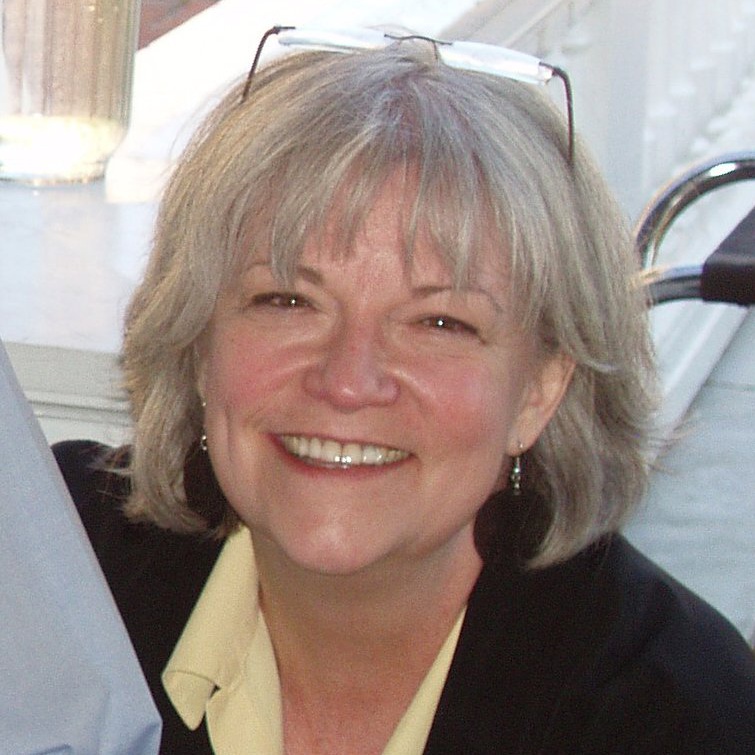
Laine Dunham White
Laine Dunham White worked for over twenty years as a designer and producer in the experiential entertainment industry, including for Walt Disney Imagineering, Sony Development and Universal. Among other projects, Laine was on the original Disney-MGM Studios team. In phase two of the park, Laine, as the show producer, led the creative team that conceptualized, designed and oversaw production, installation and construction of the Twilight Zone Tower of Terror attraction at Disney’s Hollywood Studios.
She later became vice president and creative director at Hildene, The Lincoln Family Home in Manchester, Vermont. A native of Los Angeles, she received a BA in Illustration from ArtCenter College of Design in Pasadena, California. Laine is a graduate of the Vermont Leadership Institute, has sat on the board of directors of the Snelling Center for Government and was appointed by the governor to the Vermont Commission on Women.
Since Laine was a young child, it has always been about art for her; about painting and drawing, creating environments and stories. Even when she realized that making a living as an artist necessitated creating at another’s direction for a period of time, whether it be at Disney, or Sony, or Universal or Hildene, those experiences allowed Laine to hone other skills; skills of observation, communication, composition, storytelling and leadership.
Four years ago, Laine and her husband Bruce, retired to Cape Cod and found that retirement really is as good as it’s cracked up to be! It is hard for her to make time for all that she loves to do; golfing, playing tennis, riding the rail trail, etc. but, far and away, best of all is now getting to spend as much time as she wants in her studio painting and drawing for the pure pleasure of it.

Valerie Johnson-Redrow
With decades of top-level experience in the theme park, television and film production worlds, Valerie has produced some of the world’s most acclaimed 3D immersive attraction films.
Early in her career, Valerie was hired by the Walt Disney Company, where she joined its acclaimed Imagineering staff. As a Disney show producer spanning 8 years, Valerie worked on numerous attractions for the Disney-MGM Studios such as The Great Movie Ride and SuperStar Television, and EPCOT Center, including Body Wars, the ILM film/simulator ride directed by Leonard Nimoy.
Working alongside the Universal Creative team, director Peter Jackson and his visual effects team at Weta Digital, Valerie embraced every technological challenge to complete the world’s largest 3-D experience of its time for Universal Studios Hollywood, King Kong 360 3-D.
Valerie was the VFX Producer of MacGillivray-Freeman Films’ “To The Arctic” in IMAX 3-D, released in Spring of 2012. In 2014, Universal Creative brought her back to produce the media for “Fast & Furious – Supercharged” in Hollywood and “Reign of Kong” for Orlando‘s new attraction.
Valerie has enjoyed a dynamic career producing original and award-winning projects in the themed attraction industry utilizing cutting-edge technologies, large formats and high resolution. With deep knowledge of the production pipeline from concept through delivery, she thrives as the point person between artists, production teams, clients and vendors developing and producing international attractions, immersive experiences and traditional tv/film productions.
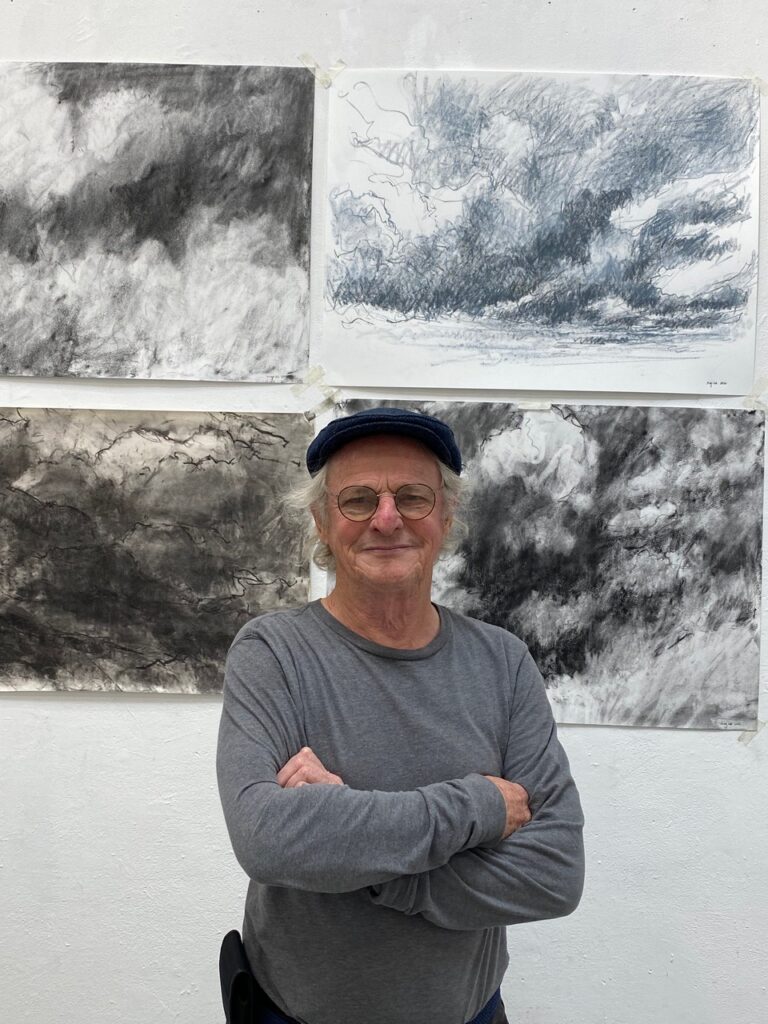
Philip Vaughan
Philip was brought up in France, the son of English parents and went to boarding school in England at the age of 9. Philip studied architecture at Cambridge and then transferred to art school graduating from Chelsea School of Art.
While doing graduate research at Northumberland Polytechnic art school, Philip completed his first large public kinetic sculpture, the 48ft tall Neon Tower erected on the roof of the Hayward Gallery in 1972 on London’s South Bank Art Centre. He worked for some years teaching at the City of London University while he experimented with inflatables and kinetics
Philip sailed to the US in a boat that he built himself, arriving in 1980. He now keeps that boat in Channel Islands harbor.
Shortly after arriving in Florida, Philip started working for Walt Disney Imagineering on the EPCOT and Tokyo Disneyland projects. He later went on to work on the Indiana Jones Epic Stunt Spectacular for the Disney-MGM Studios, a show meant to last 3 years but is still operating today.
He now lives in Altadena and Oxnard, working on sculpture, drawings, paintings and public art commissions. Most recently Philip has been building large steel sculptures at the Buffalo Creek Art Center in northern Nevada and working on neon works and paintings in his Altadena studio.
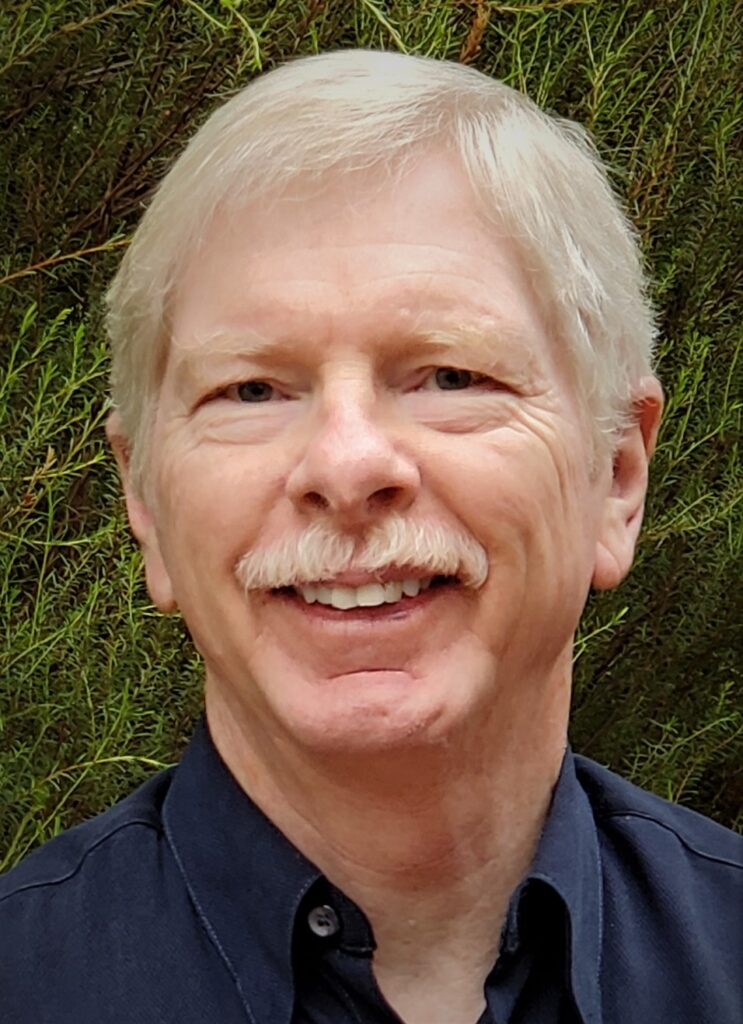
Frank Weigand
Frank has a broad range of experience working on anything that moves from record-breaking fast trains, the world’s largest observation wheel, to space travel simulators. He is a named inventor on several Disney and Universal ride system patents. Frank started his theme park career managing a department of over a hundred engineers at Walt Disney Imagineering where he led the development of pioneering attractions like the Indiana Jones adventure, the Indiana Jones Epic Stunt Spectacular, Splash Mountain, Start Tours, Space Mountain, The Twilight Zone Tower of Terror, and the Monorail.
On the Disney-MGM Studios project, Frank was primarily focused on the design, development, installation and testing of all the dynamic components within the Indiana Jones Epic Stunt Spectacular, from the pungi sticks, to the moving Mayan Temple, to the stunt equipment, to the Flying Wing. Frank was also involved with the design of the Great Movie Ride vehicles and show action equipment, the Catastrophe Canyon tilting bridges, and the backstage tour trams.
Frank founded The TWT Group, an engineering consultancy, in 2000 where he has been designing and managing the development of some of the most complex equipment used in museums, science centers and theme parks around the world. Recently, Frank was engaged by the China-based manufacturer of the two identical full-size Millennium Falcon icons installed in the Star Wars: Galaxy’s Edge lands at Disney’s Hollywood Studios and Disneyland Park, working closely with the Disney team, the engineering and fabrication teams in China, and specialty engineering and fabrication entities in the USA from concept through installation.
Frank has been named a Master by the Themed Entertainment Association for his work in Ride Systems and Mechanical Engineering.
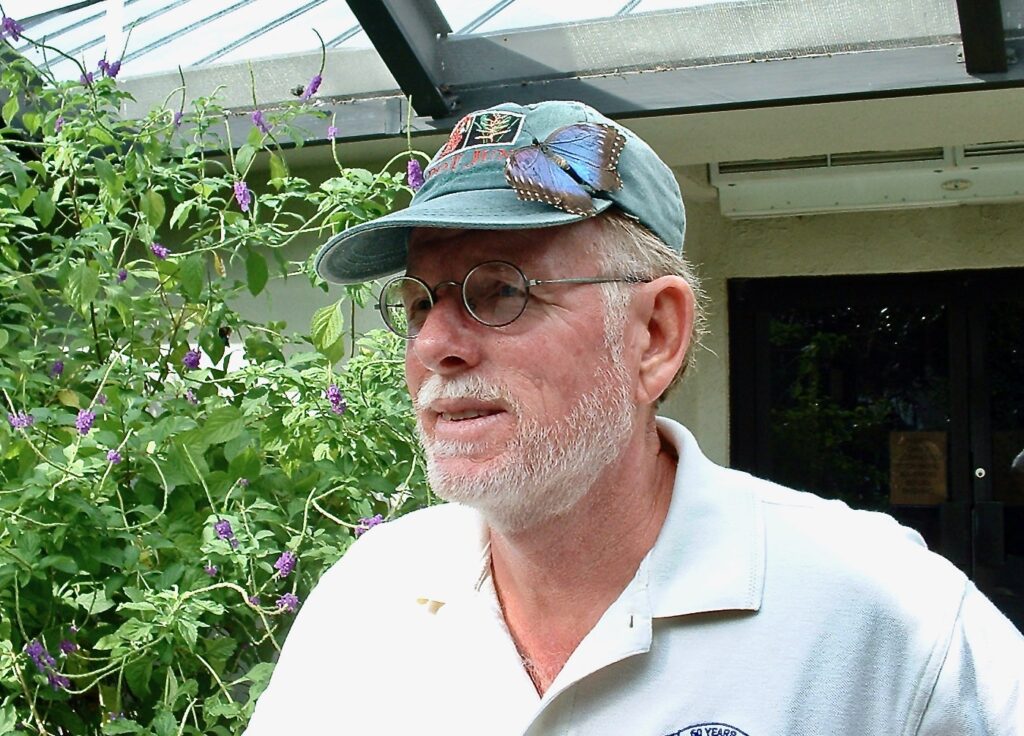
Ron Carman
Ron began his career at WED Enterprises on December 9, 1968. He was hired to work in the warehouse but had the opportunity to meet John Wise, VP of Engineering. Carman spent his first three years assisting the Project Engineers in processing all the shop drawings, release of all the construction drawing packages, transmitting all the construction RFI’s (Requests For Information) from the Construction Contractors to the various Engineers and Architects and returned the responses to the Contractors. He spent another year in Engineering drafting the structural drawings for Country Bear Jamboree at Disneyland and then was offered a new position, Project Planner.
Working with input and assistance from BVCC Scheduling, Ron prepared the Show and Ride fabrication, installation, and test & adjust schedule integrating that into the overall project schedule for Space Mountain, Walt Disney’s Carousel of Progress, and the WEDway PeopleMover. At the completion of these projects, he was recruited to join the Accounting Department filling an open position of Project Accountant.
Some of the projects he was involved with included Space Mountain at Disneyland, Captain EO, and the original Star Tours. Ron then prepared a proposal to start a Show and Ride Manufacturing Estimating Department. With his team, Ron prepared the entire Tokyo Disneyland Show/Ride manufacturing budget. With EPCOT then taking off, Carman was asked to assist in forming a new department of Project Finance Managers. He then assumed the position of EPCOT Master Planner and Scheduling Manager, and four to six weeks later his team had published all of the schedules for the entire EPCOT project.
Ron eventually accepted the position of Project Manager for the entertainment portion of the Disney-MGM Studios. Those attractions included The Great Movie Ride, Superstar Television, The Monster Sound Show, and the Epic Theater. Carman passed responsibilities on for all of these attractions except the Epic Theater, which eventually was green-lit to to use Indiana Jones as the storyline for the show.
After leaving Disney, Ron held various positions at Mitsubishi, Sony Entertainment, Gensler and Universal Studios. There he became the Project Director for Jurassic Park at the Islands of Adventure theme park. His final project was Universal’s Dubai Theme Park, but unfortunately after a year of design, the great economic crash of 2008 caught up with the project.
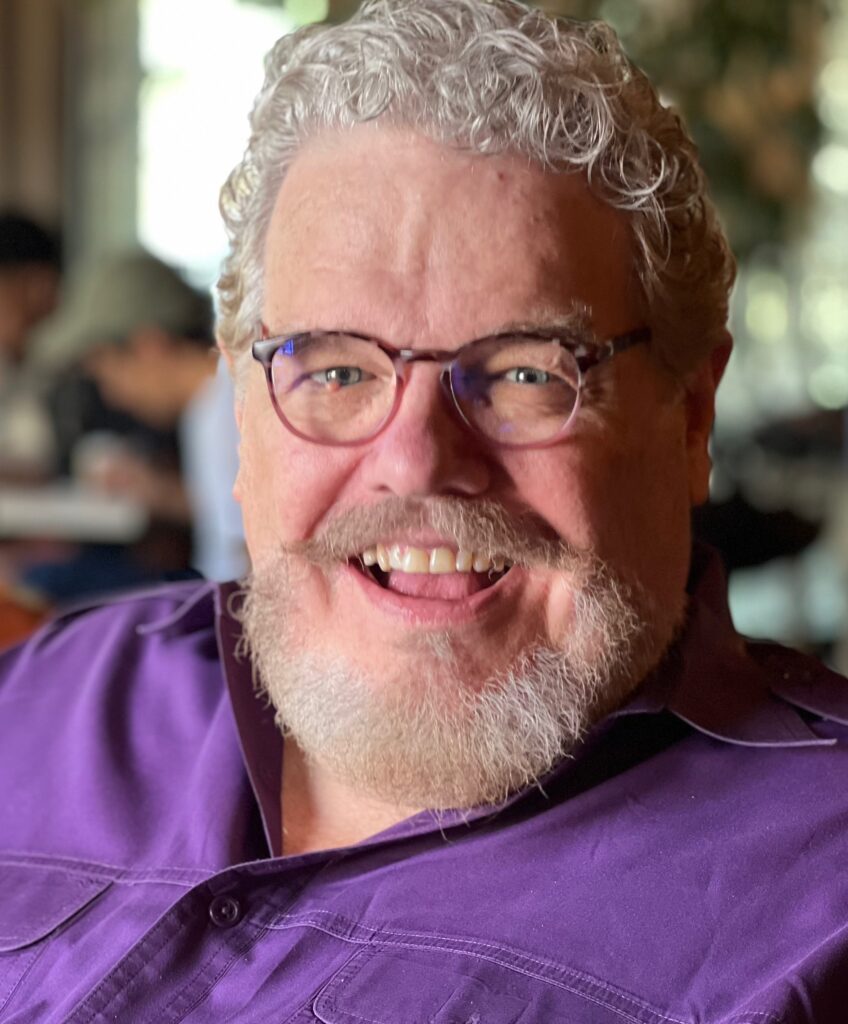
McNair Wilson
McNair created live shows and major attractions for many Disney theme parks and resorts worldwide. He invented and launched “Streetmosphere”(aka “Citizens of Hollywood”) characters for Disney’s Hollywood Studios. Post-Disney, he developed international and domestic projects for Universal Studios (Seuss Landing, Florida), Warner Bros. Movie World, Germany.
His most recent book, HATCH! Brainstorming Secrets of a Theme Park Designer, is McNair’s best-selling book on creative team building and inventive problem solving. Since its release in 2012, HATCH! has remained on three Amazon top ten lists: “brainstorming” and “theme parks.”
McNair has been a member of seven professional theatre companies, including cofounder of three: Orlando Theatre Project, Theater Quest, and SAK Theatre (also Artistic Director.) During more than 45 years in theatre, McNair has been a director, actor, scenic designer, teacher, and playwright.

Mark Silverman
Growing up in southern California, Mark realized at an early age that he had a talent for voices and impressions. Mark became a voice actor and his dream was to do voices for Disney. In 1993 that dream came true as Mark was hired by Walt Disney Imagineering to narrate a new ride for Walt Disney World called The Twilight Zone Tower of Terror. Mark performs the voice of Rod Serling who acts as the ride’s narrator and host. The ride has become one of most iconic Disney rides of all time.